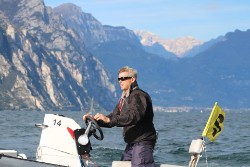
Welcome to the International Class Association website for the RS Aero. Here you will find all there is to know about the RS Aero including the latest news, how to register your boat, and links to relevant documents.
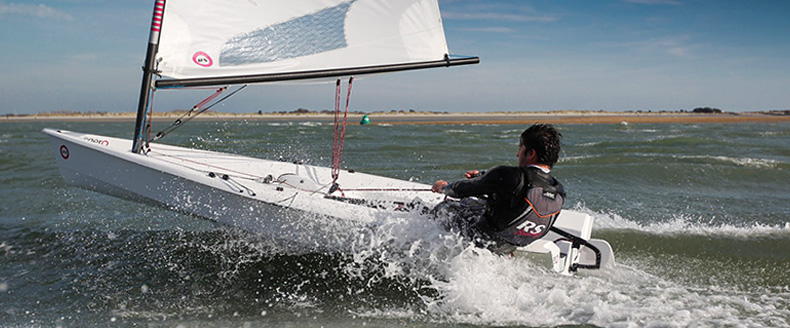
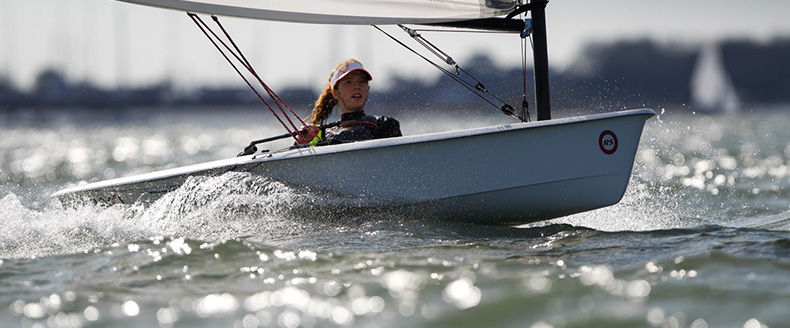
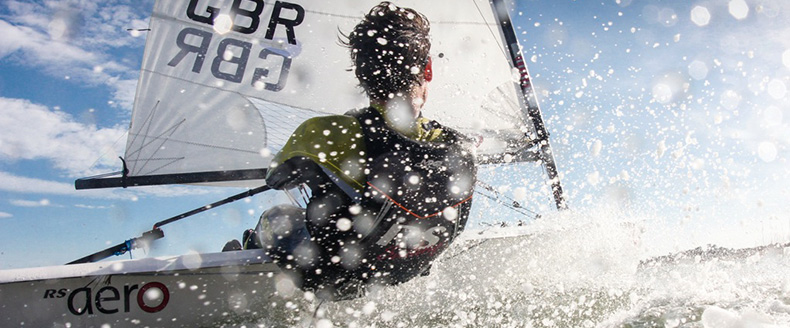
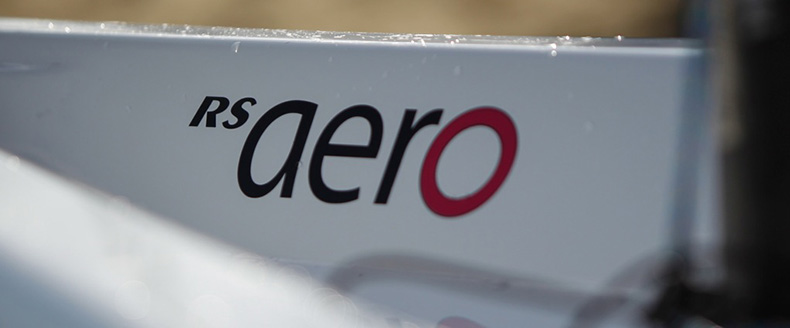
| Home >> Sailing Tips & Technique >> Speed in Waves, Tides & Starting - Hayling UK Winter Training Review, Dec 2016 |
At Hayling in December 2016 we held the second of our six UK Winter Training weekends where we focused on SPEED in WAVES, TIDE & STARTING.
Our Coaches were Paul Robson and Peter Barton.
Here are the review notes from the weekend, to help all RS Aero sailors prepare for the season ahead.
RS Aero UK Winter Training
Date: 3rd-4th December 2016
Coaches - Paul Robson, Peter Barton
Focus - Speed in Waves, Tide & Starting
Our Coaches were Paul Robson and Peter Barton.
Here are the review notes from the weekend, to help all RS Aero sailors prepare for the season ahead.
RS Aero UK Winter Training
Date: 3rd-4th December 2016
Coaches - Paul Robson, Peter Barton
Focus - Speed in Waves, Tide & Starting
Ensure you know the venue and sailing areas before arriving, is there a venue guide? Example
Check the tide times;
When does the tide turn relative to high or low water at the venue?
Check the club’s website for any useful info.
Check a satellite view on Google Earth or chart info.
Tide considerations
What is the tide doing now and how is it changing over time?
Starting - how will it affect your (and the fleet’s) start?
Will it push you towards/away/along the line, will it cause the fleet to bunch. (see notes from Oxford).
Upwind - flow across the course, faster in the channels/deep water. What is the effect on the lay line.
Mark rounding - allow for the tide to push you onto/away from the mark
Downwind - watch out for cross-tide making you sail an arc rather than a direct course, gain a transit at the start of the off wind leg.
Waves Upwind
A low and fast course is better than high and slow as it keeps the boat powered in chop.
Steer the boat over the waves with body movement, weight in and aft to steer up the wave, weight out and forwards to bear away down the wave. Allow the rudder to follow the turn created by moving your weight, don’t start the turn with the rudder.
Take a look at the body movement in this video.
When overpowered tighten the kicker and downhaul but leave the outhaul off with shape in the sail to help with low down power to keep the boat moving, then play the mainsheet to keep the boat flat.
Waves Downwind
Sailing a dead run is slow due to the stalling of the mainsail. Either sail by the lee and with reverse flow or head up a little towards a broad reach.
Watch for both gusts and waves...sail to the gusts to plane, line your boat up with the wave angle to enable surfing. You are allowed 1 pump per wave (body and mainsheet together) to initiate surfing.
Ensure the kicker is released so that the leach is ‘springy’ and can ‘pant’ (not ‘braced’ tight nor ‘floppy’ slack)
Steer through the waves using some body roll to assist steering and minimise rudder drag. Keep enough centre board down to assist turning and avoiding side slip.
Move fore and aft to help the boat tip over the front of waves and not bury into the back of them.
Starts
Does your starting plan include transits, line bias, course bias, favoured side & tide?
Will you start in the ideal place on the line for bias, along with the fleet, or go for a clear space for a better line exit?
Mark your plan using the following criteria:
• Did I start on-time?
• Was I on the line in the front row?
• Did I identify the bias?
• Did I select the right plan?
• Did I manage to execute my plan well? (boat handling, positioning)
• How was the initial exit from the start line? (Acceleration & lane holding)
• How well placed was I at the windward mark?
The key is to have a plan and stick to the plan unless something changes. Have in mind a Plan B if it all starts to go wrong and know when you need to go for that. For example, if you are too early or it is too crowded at the port end - you need to gybe out but not leave it too late.
Other comments
These are other items which were identified over the weekend which sailors should be considering:
• A compass is helpful at all coastal venues and some large reservoirs
• A masthead wind indicator is helpful at all times
• Getting the toe strap adjusted correctly promotes better sailing, for most sailors slackening it from it’s current position tends to work – experiment!
• Ensure your halyard is cleated properly at the top, and check this by tensioning the downhaul a few times ahead of launching
• Understand the Tuning Guide
Movie
Thanks to Liam Willis and LW Media for this Excellent Video from the weekend;
RS Aero UK Youth Squad and Winter Training 2017/18
The new programme is already announced for next winter.
Full details and Youth Squad applications here;
http://www.rsaerosailing.org/index.asp?p=news
The new programme is already announced for next winter.
Full details and Youth Squad applications here;
http://www.rsaerosailing.org/index.asp?p=news






Reply
25/04/2017 17:38:17
Peter Barton
Posts: 4664





